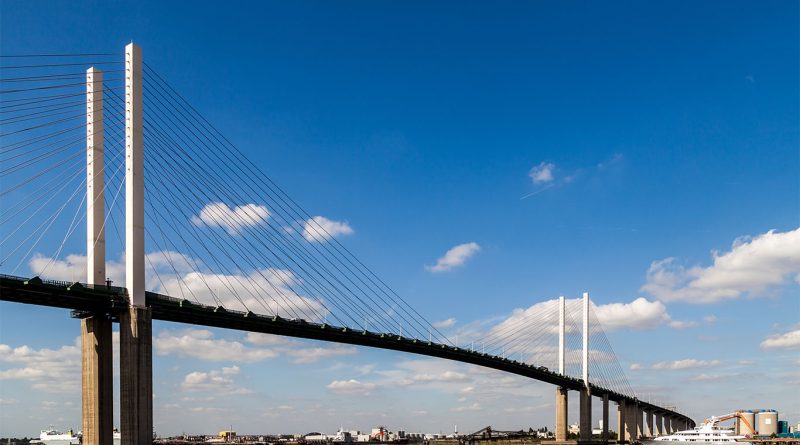The Planning Application 395,000 Pages Long
The Lower Thames Crossing (LTC) represents a monumental step forward in the UK’s infrastructure development, aiming to alleviate the notorious congestion at Dartford Crossing and forge a new link between Kent and Essex. Spearheaded by Matt Palmer, a veteran in infrastructure projects, the LTC is not just another road project; it’s a vision for the future of transportation in the UK. With a planning application spanning an astonishing 359,000 pages, the project’s scale and complexity are unprecedented, setting a new benchmark for infrastructure planning.
Environmental Considerations and Impact Assessments
At the heart of the LTC project lies a deep commitment to environmental stewardship. The exhaustive planning process included comprehensive environmental impact assessments, ensuring the project not only meets but exceeds stringent environmental targets. From consultations to mitigate effects on local wildlife to extensive community engagement, the LTC exemplifies how modern infrastructure projects can harmonise with their natural surroundings, setting a new standard for environmental consideration in major developments.
Perhaps most groundbreaking is the LTC’s pledge to carbon-neutral construction—a first for a UK infrastructure project of this magnitude. By employing renewable energy sources, innovative low carbon materials, and hydrogen and electric-powered machinery, the project is blazing a trail for sustainability. This Pathfinder initiative showcases a bold move towards achieving zero carbon in operations by 2030 and maintenance by 2040, underscoring the project’s commitment to a greener future.
Challenges and Innovations in Project Delivery
The journey of the LTC is marked by challenges, from navigating the complexities of the UK’s planning system to securing buy-in from local authorities. Yet, it’s the innovative solutions to these obstacles that underscore the project’s significance. The use of advanced tunnelling techniques and offsite construction methods not only minimises environmental impact but also accelerates progress, demonstrating a model of efficiency and sustainability for future infrastructure endeavours.
The Lower Thames Crossing is more than just a road; it’s a blueprint for the future of infrastructure in the UK and beyond. Balancing development with environmental responsibility, the project stands as a testament to what’s possible when innovation meets commitment. As we look towards the completion of the LTC, it’s clear that this project will not only transform the physical landscape but also the way we think about building our world.
Sources:
